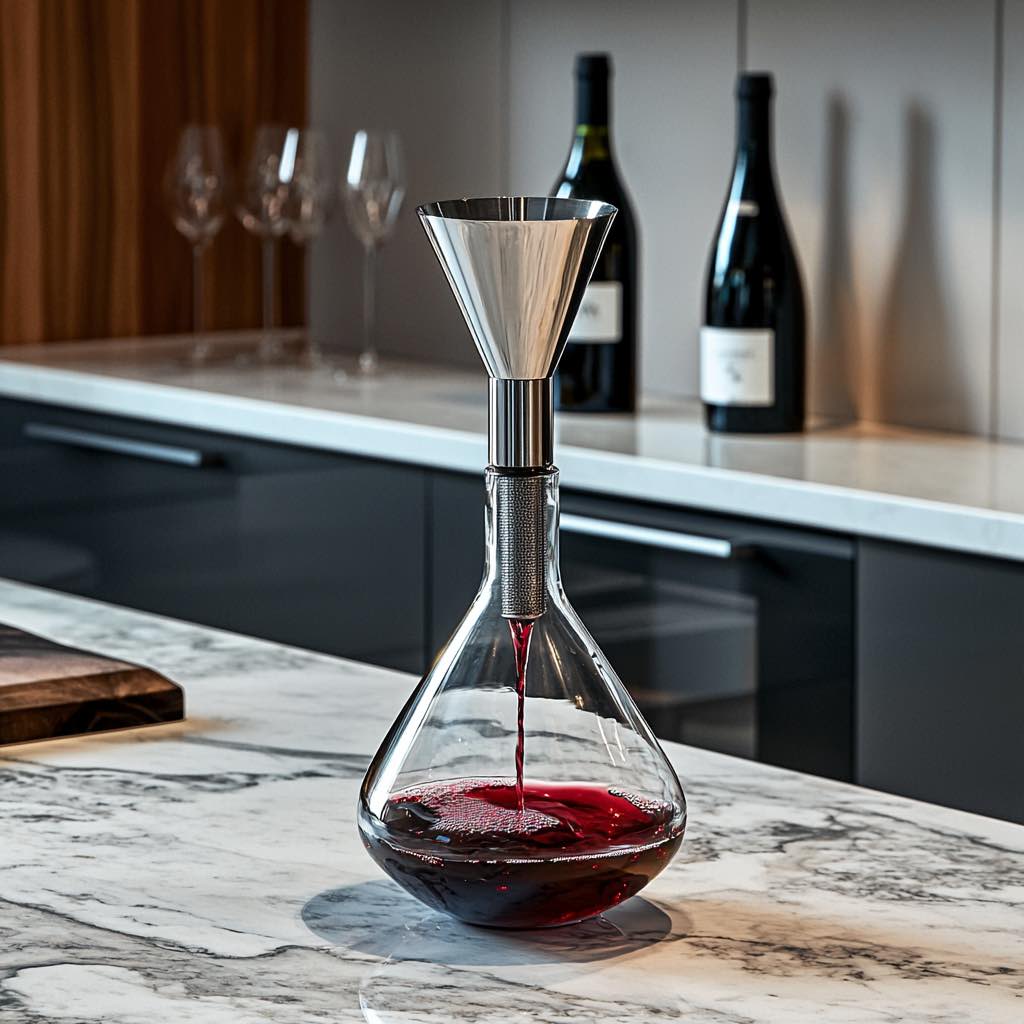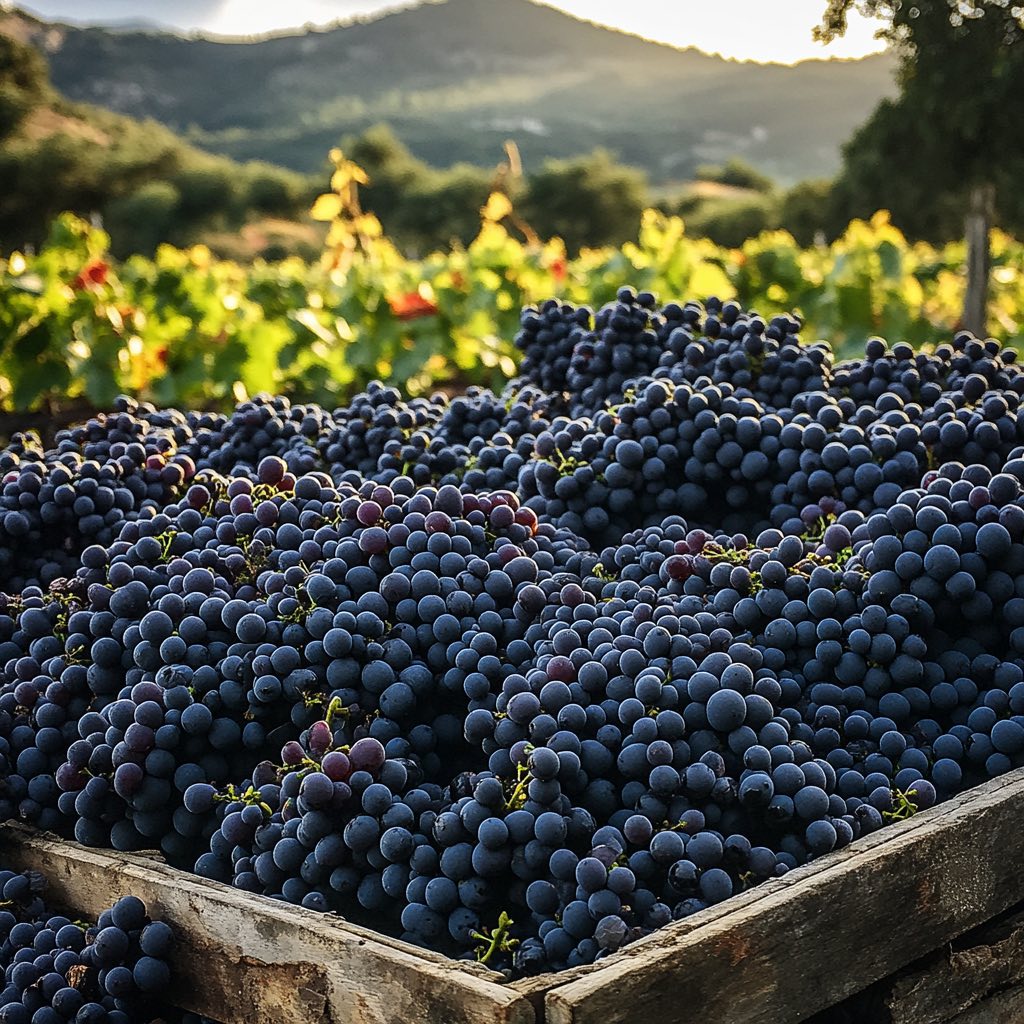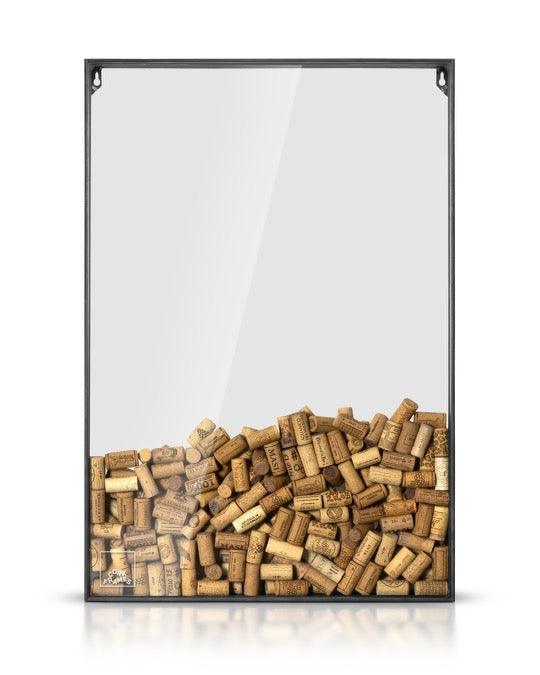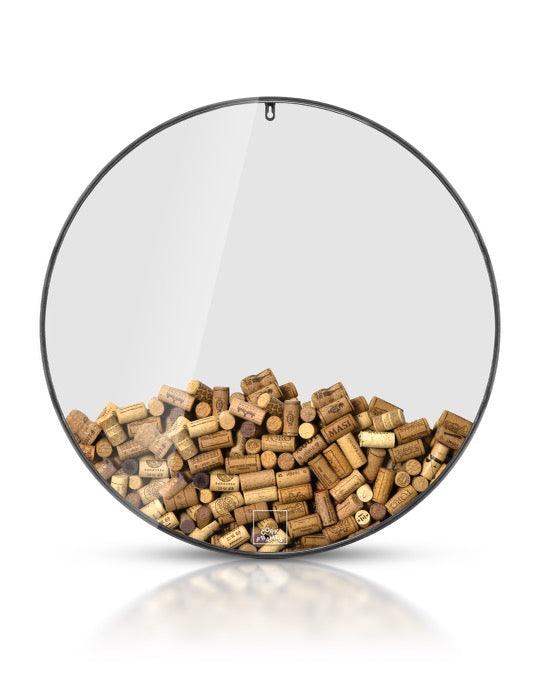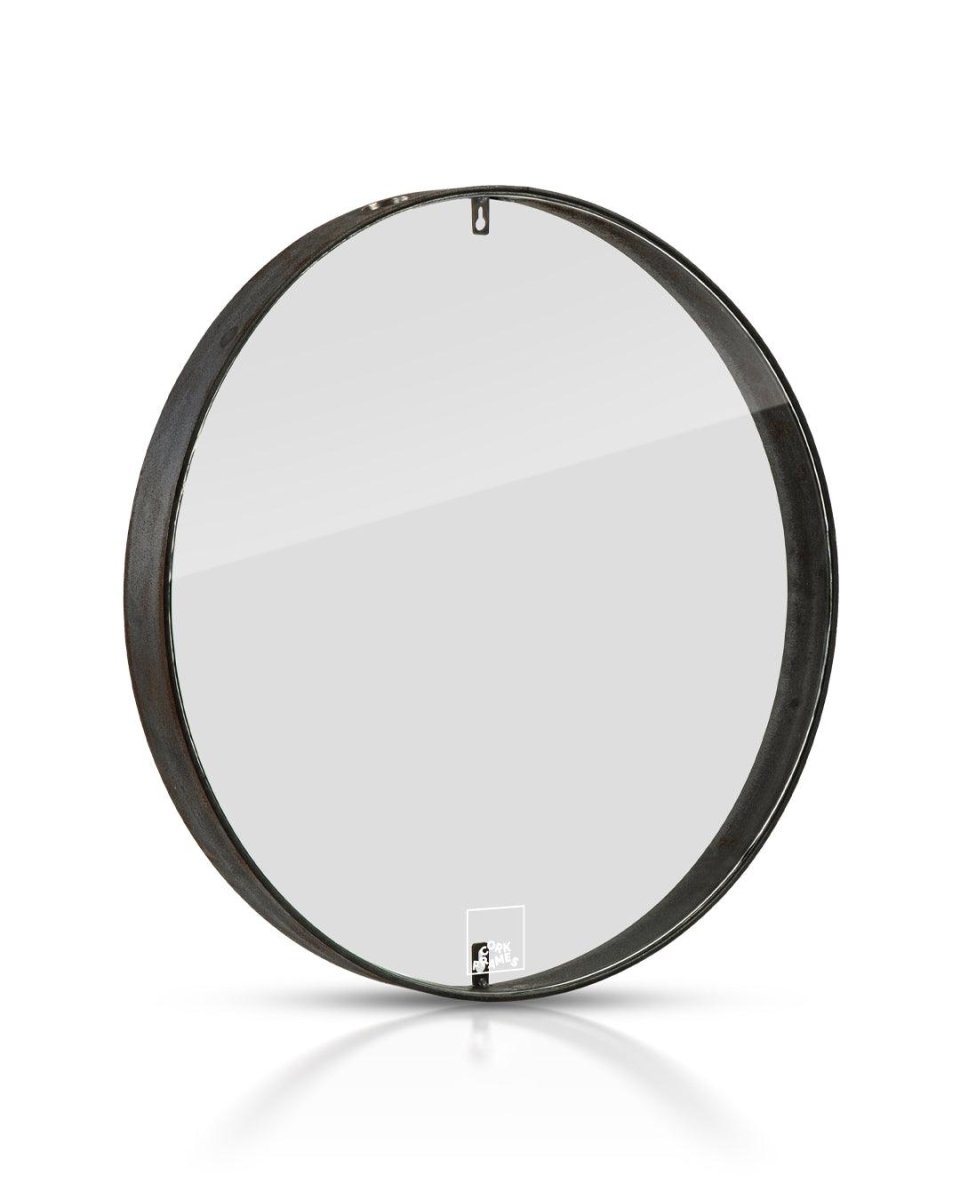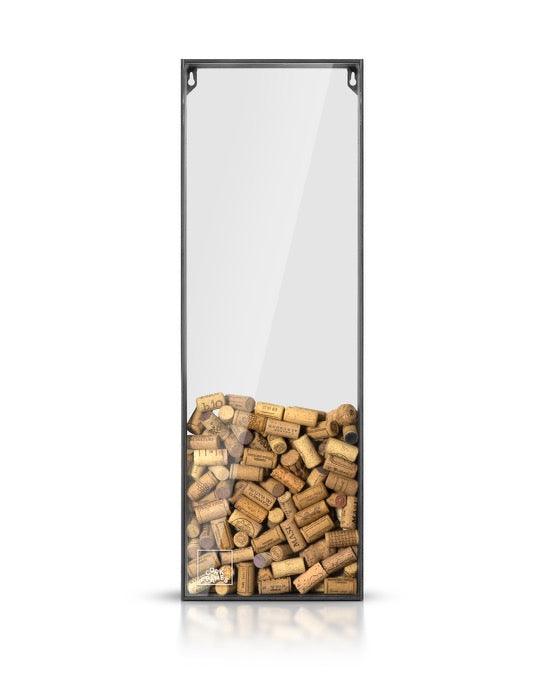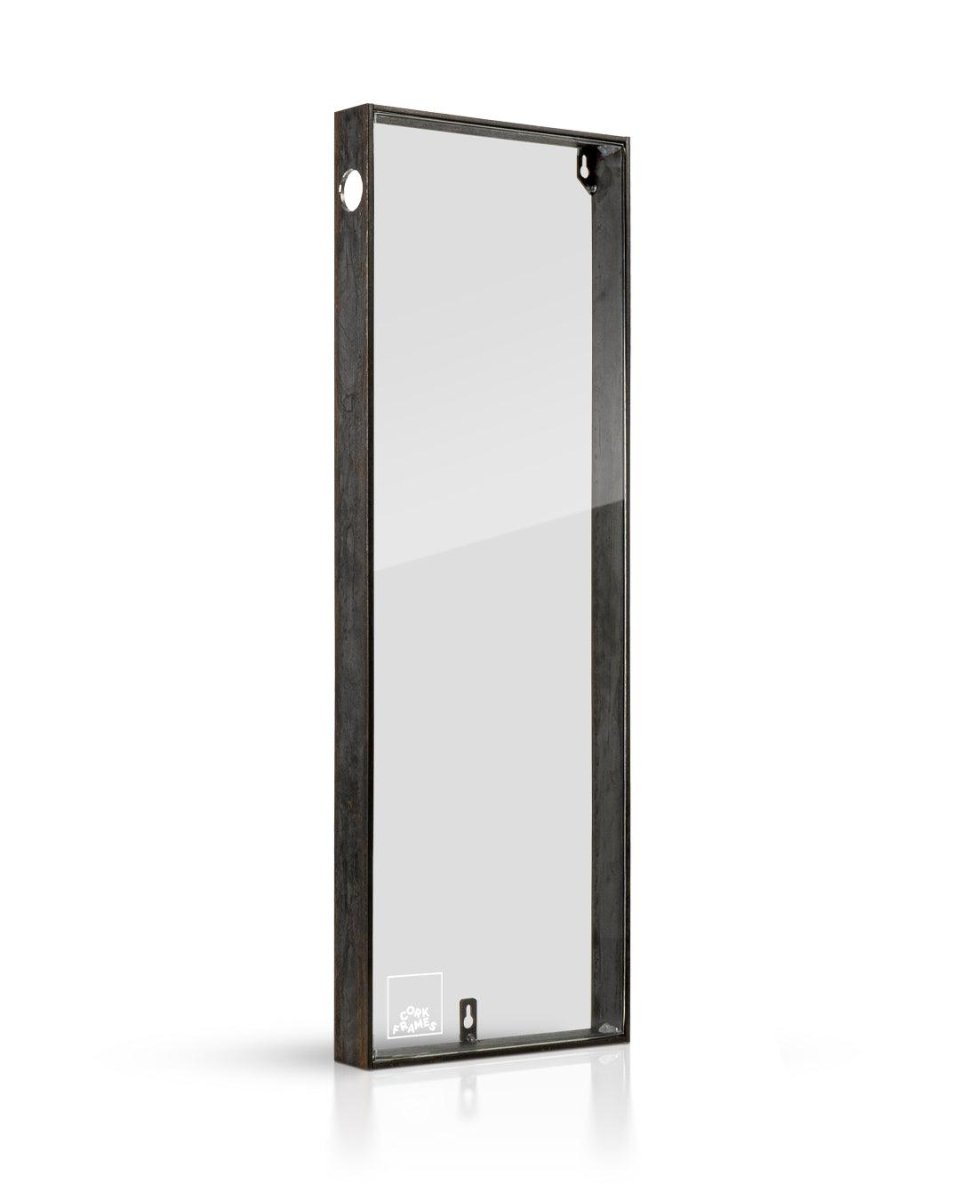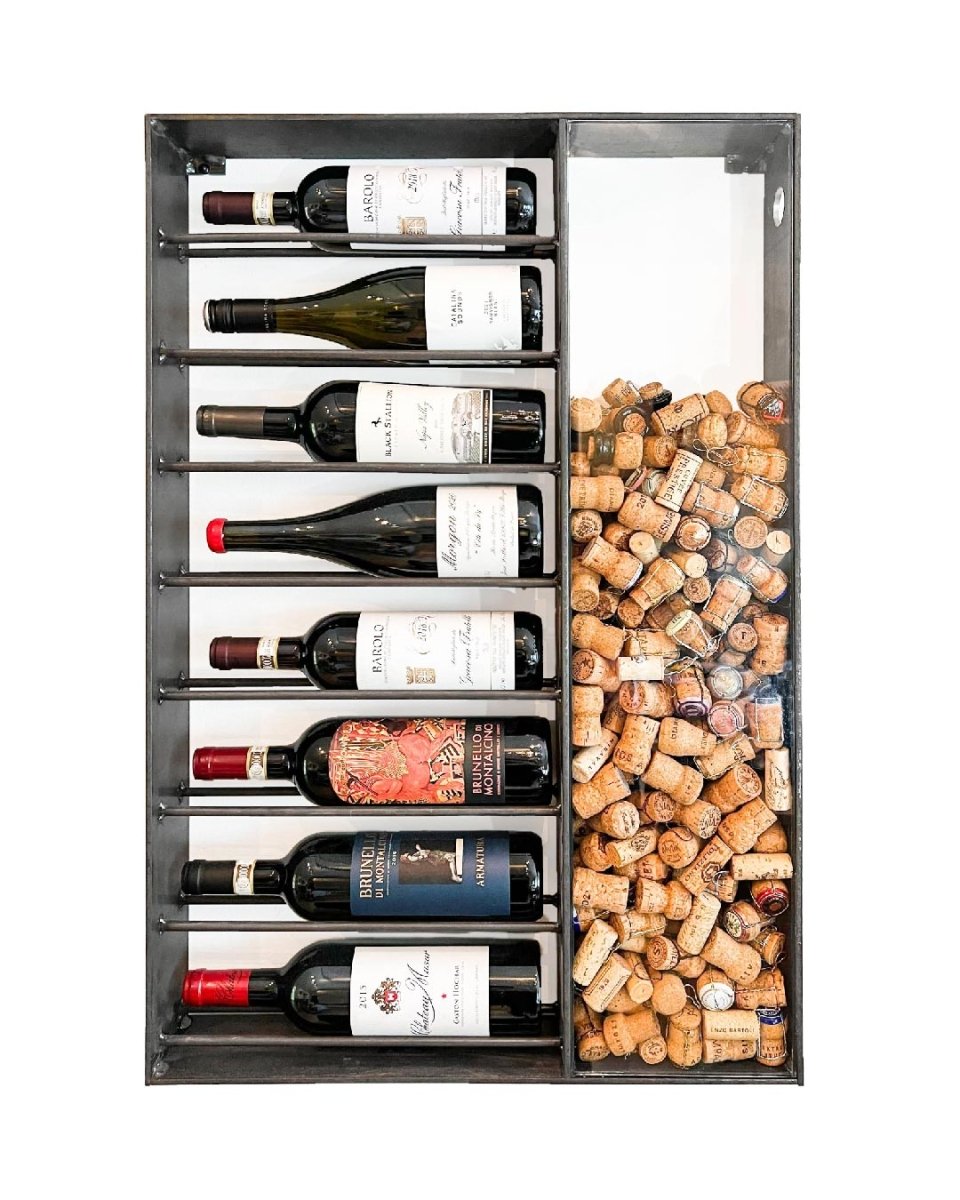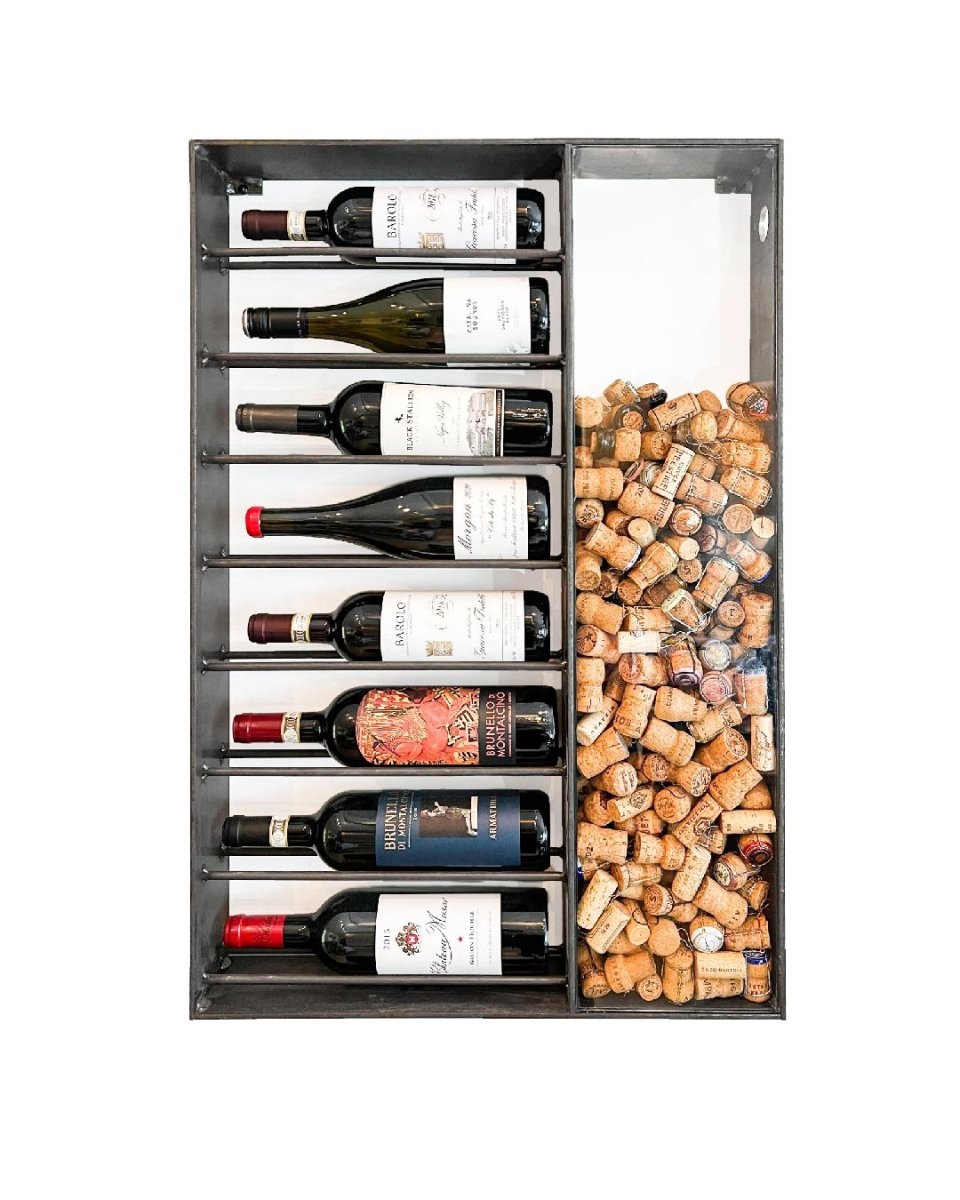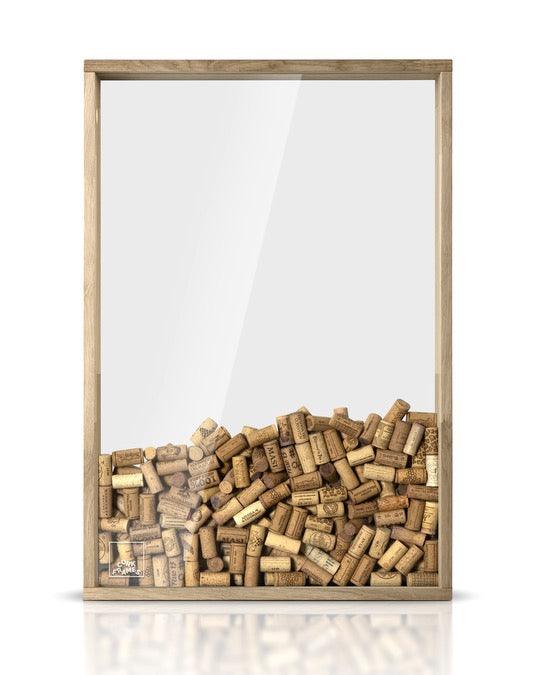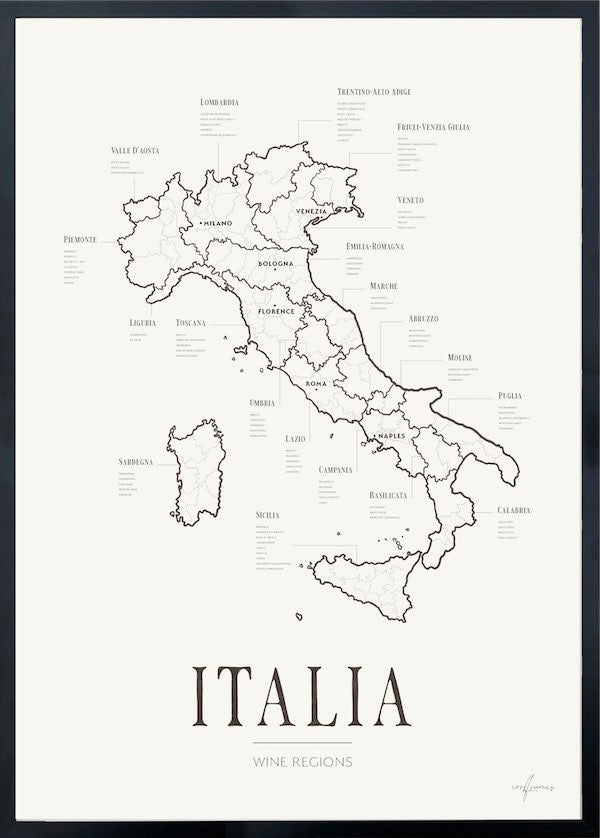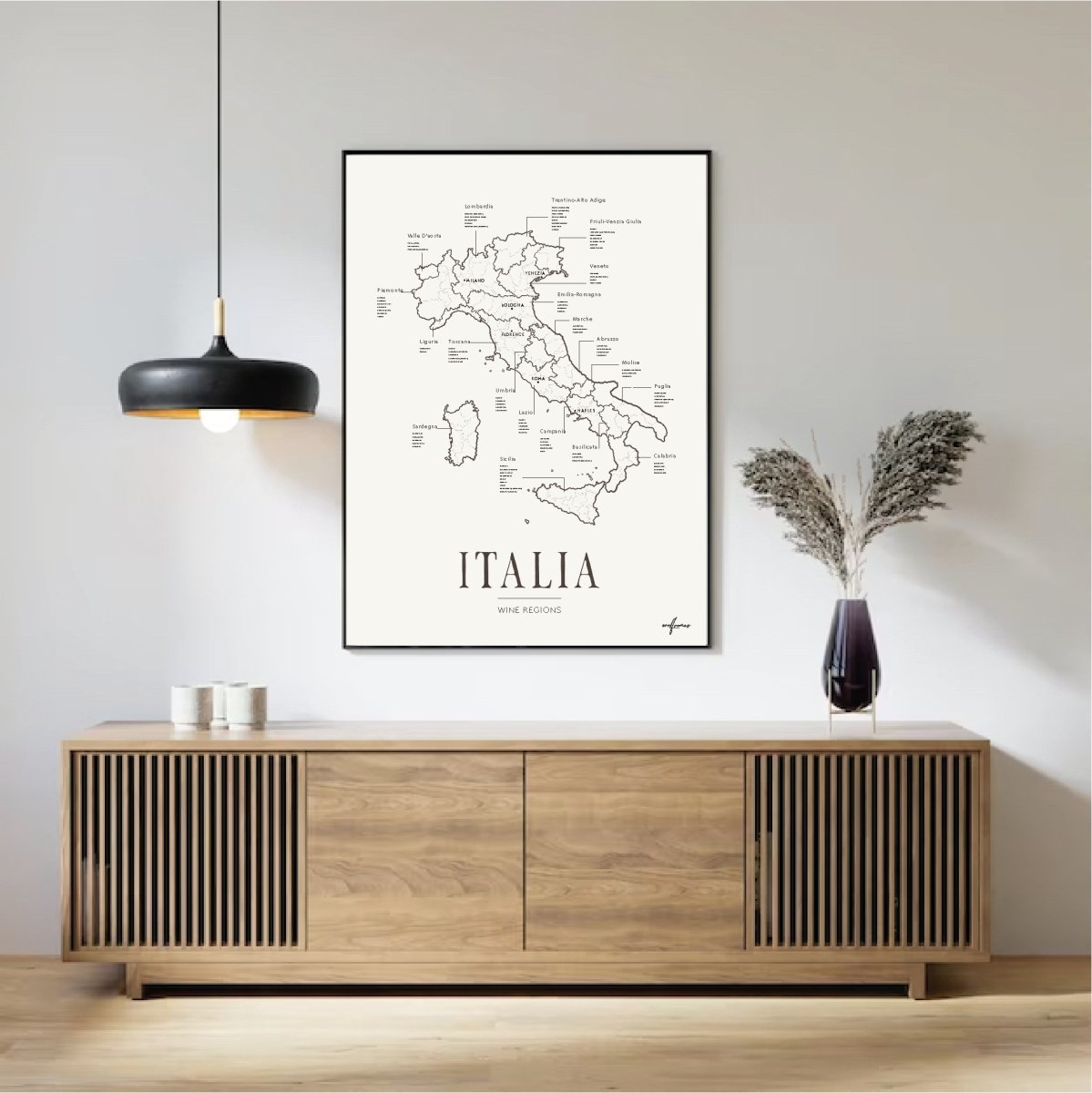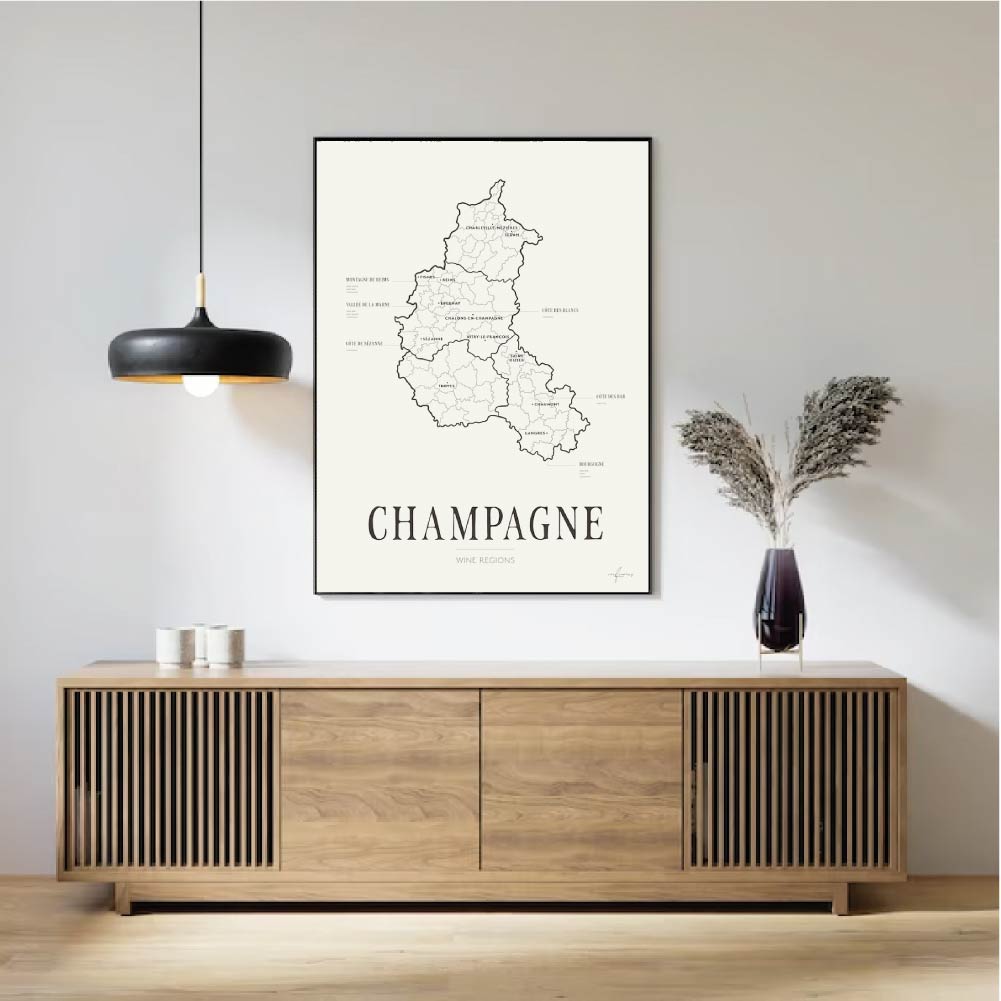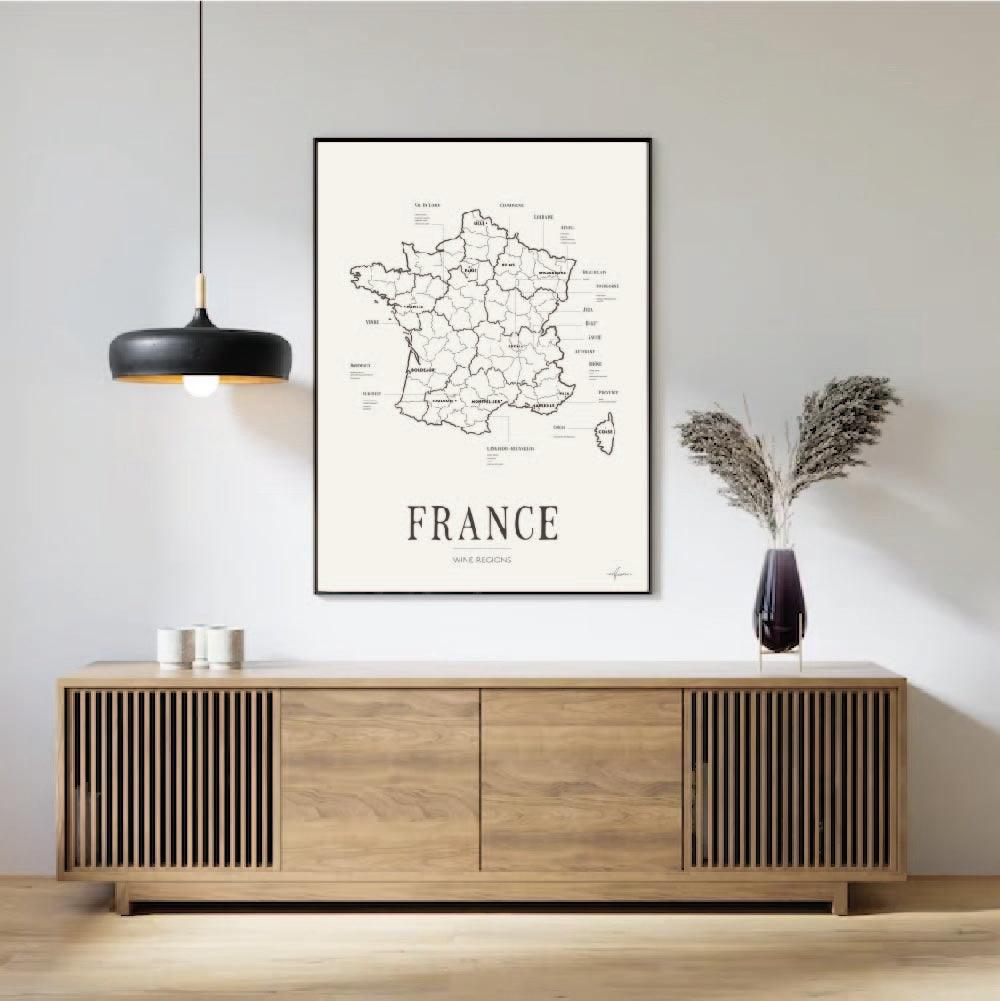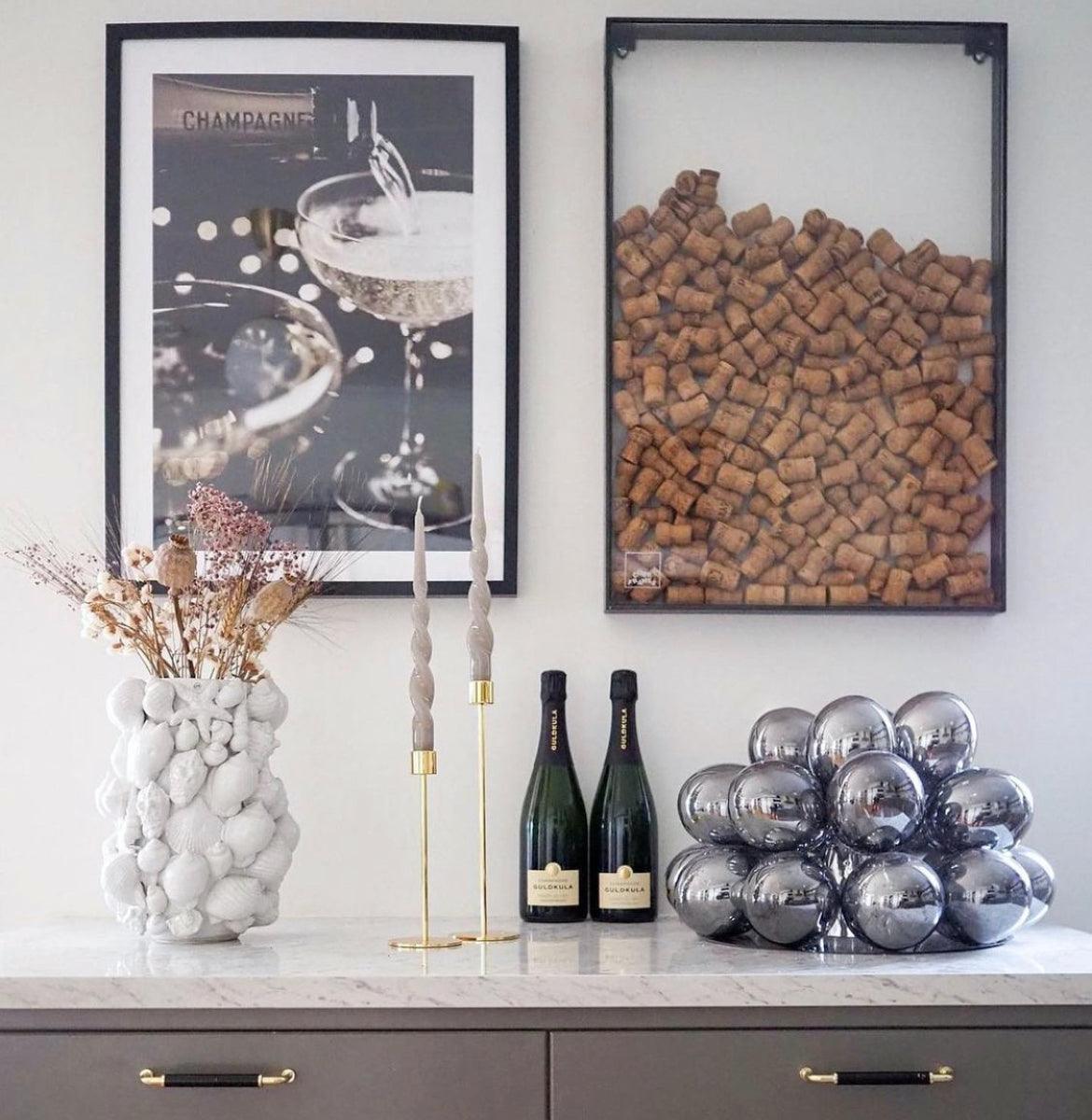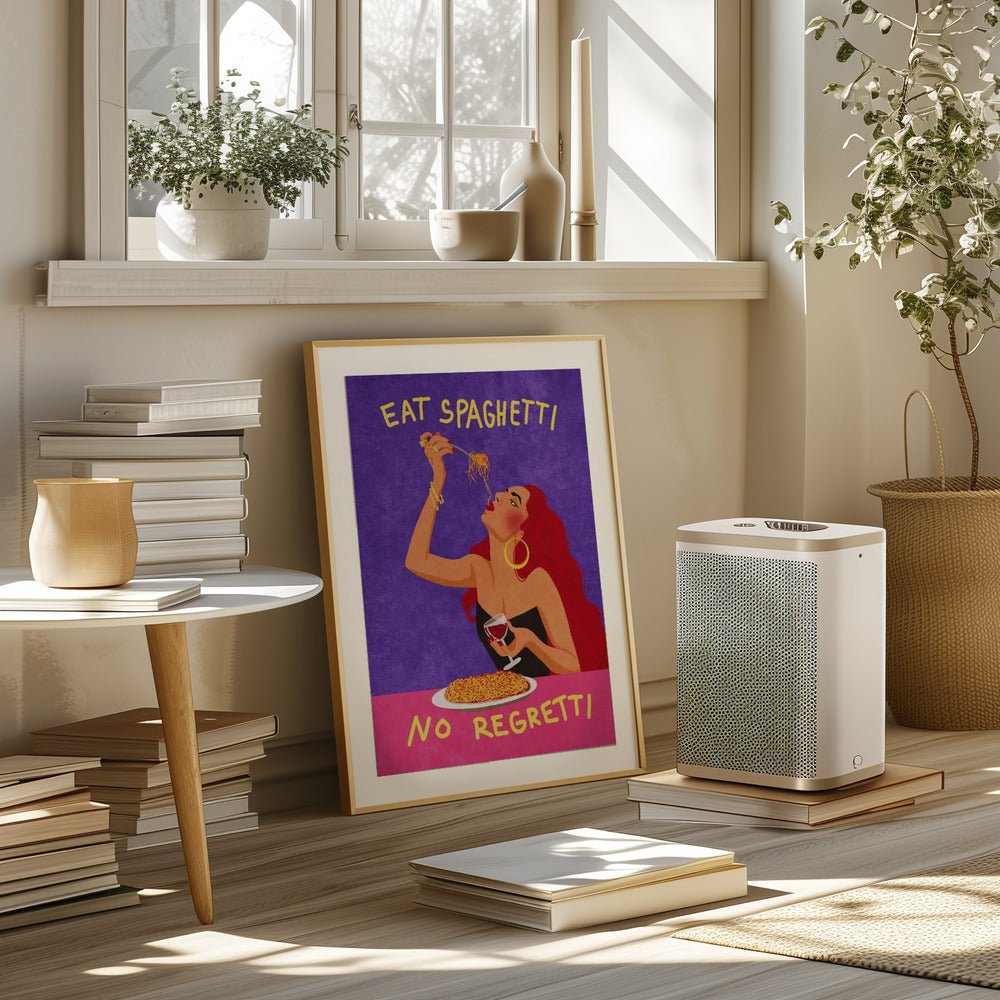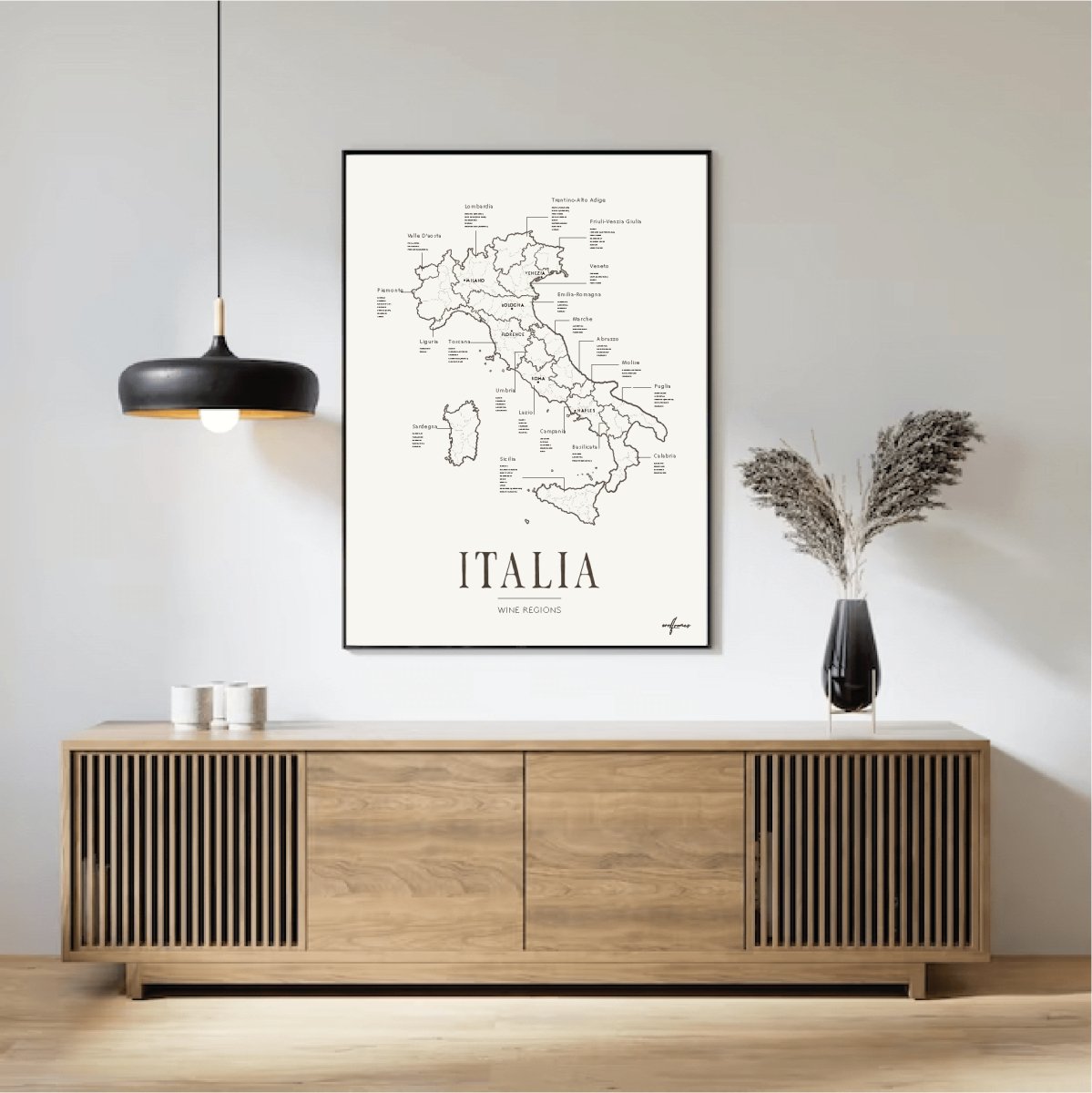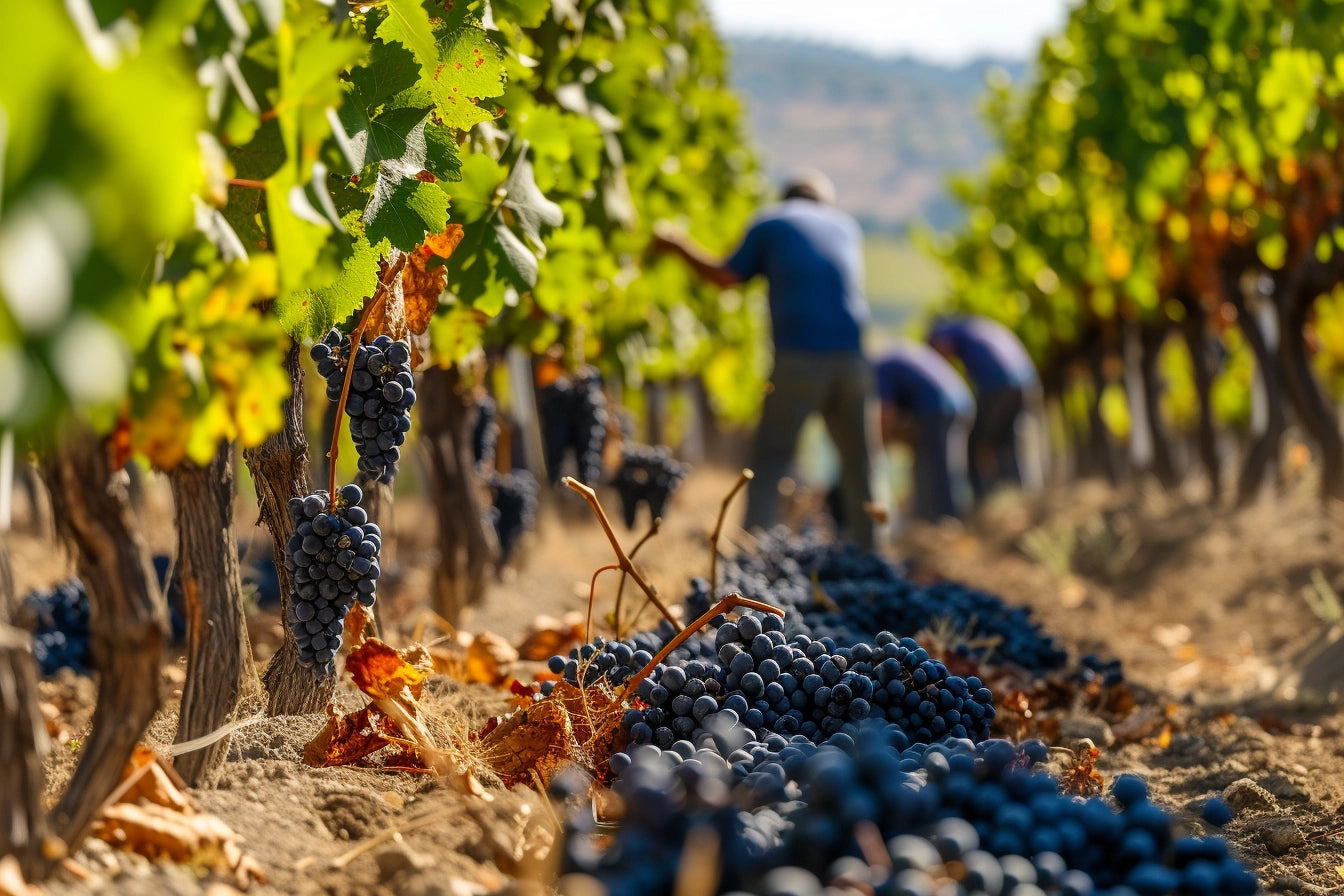Barolo stands as a shining example of Italy’s winemaking prowess, a wine revered around the world for its elegance, complexity, and ability to age gracefully over decades. Rooted in the misty hills of Piedmont, this prestigious wine is crafted exclusively from the Nebbiolo grape, a variety known for both its demanding nature and the remarkable wines it produces.
In this exploration of Barolo, we uncover the rich heritage that defines the wine and dive deep into the secrets of Nebbiolo, the grape that makes Barolo truly extraordinary.
Nebbiolo – The Heart of Barolo
At the core of Barolo lies Nebbiolo, one of Italy’s most ancient and noble grape varieties. The name "Nebbiolo" comes from the Italian word nebbia, meaning fog, a reference to the mist that often blankets the Langhe hills during the harvest season. This fog plays an essential role in the grape's slow ripening, helping to develop the high acidity and tannins that characterize Nebbiolo wines.
Nebbiolo is known for being a difficult grape to cultivate, requiring precise conditions to thrive. It ripens late and is highly sensitive to its environment, needing the perfect balance of climate and soil to reach its full potential. In the Langhe region, particularly in the Barolo zone, the unique terroir provides the ideal setting for this grape, allowing it to produce wines of great depth, structure, and complexity.
The Terroir of Barolo – A Unique Landscape
Barolo is produced in a small but highly significant area within the larger Piedmont region, specifically in the Langhe hills. This area’s terroir is key to the wine’s identity. The region's rolling hills, with altitudes between 200 and 450 meters, benefit from a diverse range of microclimates and soil compositions, allowing Nebbiolo to express itself in different ways across the various communes.
Barolo's soils are primarily composed of clay, limestone, and sand, which help to impart the wine’s trademark minerality and structure. These soils, combined with the region’s cool nights and warm days, create the perfect conditions for Nebbiolo to develop its complex aromas and flavors. The specific vineyards within the Barolo area produce subtle differences in style, from more approachable, floral wines to more intense and tannic expressions.
To be labeled as Barolo, the wine must be produced within this defined area and adhere to strict regulations. Barolo must be aged for a minimum of three years, with at least two of those years spent in oak barrels. A Barolo labeled "Riserva" requires at least five years of aging, allowing the wine to mature and the tannins to soften, resulting in a more balanced and refined expression.
The Signature Taste of Barolo
Barolo is renowned for its bold yet nuanced flavor profile. Young Barolo wines typically showcase aromas of roses, red berries, licorice, and tar, while the palate reveals notes of cherry, plum, and spices. As the wine ages, it develops more complex layers of flavor, including dried fruit, leather, tobacco, and earthy tones such as truffles or forest floor.
One of the defining characteristics of Barolo is its high tannin content, which gives the wine its longevity. In its youth, Barolo can be powerful and austere, with firm tannins that may require years of aging to mellow. However, as time passes, these tannins integrate, and the wine transforms into a softer, more elegant expression, with a long, lingering finish.
Barolo’s aging potential is one of its greatest strengths. It is a wine designed for patience—though delicious in its youth, a properly aged Barolo can offer an unrivaled tasting experience, evolving over decades to reveal new aromas and flavors with each passing year.
A Royal History
Barolo’s journey to becoming one of Italy’s most prestigious wines is a story rooted in history and tradition. In the early 19th century, Barolo was a sweeter wine, typical of many Piedmontese wines at the time. It wasn’t until the involvement of French enologist Louis Oudart, at the request of Marchioness Giulia Falletti, that Barolo was transformed into the dry, structured wine we know today. Oudart’s influence brought modern winemaking techniques to the region, allowing Nebbiolo to ferment fully and become the dry, tannic wine that would go on to capture the attention of Italy’s elite.
Barolo’s rise to prominence was further cemented when it gained the favor of King Vittorio Emanuele II, earning its reputation as "the wine of kings and the king of wines." This royal endorsement helped to elevate Barolo’s status, making it a symbol of prestige and quality in Italy and beyond.
Pairing Barolo with Food
Thanks to its robust structure and complex flavors, Barolo is a versatile wine when it comes to food pairings. It shines when served alongside rich and savory dishes, particularly those that feature the earthy flavors of Piedmontese cuisine. Barolo pairs beautifully with dishes like truffle risotto, braised beef, roasted lamb, and game meats. The wine’s high acidity and tannins also make it an ideal companion for fatty dishes, such as osso buco or duck.
As Barolo ages and its tannins soften, it becomes a perfect match for more delicate flavors, like mushroom risotto or pasta with shaved truffles. Whether enjoyed with a hearty meal or savored on its own, Barolo offers a tasting experience that evolves with every sip.
Different Styles of Barolo
Despite being made from a single grape variety, Nebbiolo, the different villages and vineyards within the Barolo region produce distinct styles of wine. For example, Barolo wines from La Morra and Barolo are often more approachable in their youth, with softer tannins and floral aromas. Meanwhile, wines from villages like Serralunga d'Alba and Monforte d'Alba tend to be more structured and require longer aging to fully express their potential.
These stylistic differences are largely due to variations in soil composition and microclimate across the Barolo region. The western part of the region, with lighter, sandier soils, produces more elegant and aromatic wines. In contrast, the eastern part, with denser, clay-rich soils, gives rise to more powerful and tannic wines.
Barolo is much more than a wine; it is a reflection of centuries of tradition, a testament to the unique terroir of Piedmont, and a celebration of the Nebbiolo grape. With its complex flavors, long aging potential, and royal history, Barolo stands as one of Italy’s most prestigious wines. It is a wine that rewards patience, offering a rich and evolving experience for those willing to wait.
Whether enjoyed in its youth or after decades of aging, Barolo provides a remarkable journey through time and taste. The secrets of Nebbiolo, the grape at the heart of Barolo, continue to captivate wine enthusiasts around the world, just as Barolo’s rich heritage continues to inspire and delight. Like the wine memories we at Corkframes aim to preserve, Barolo is a wine to be cherished and remembered.


